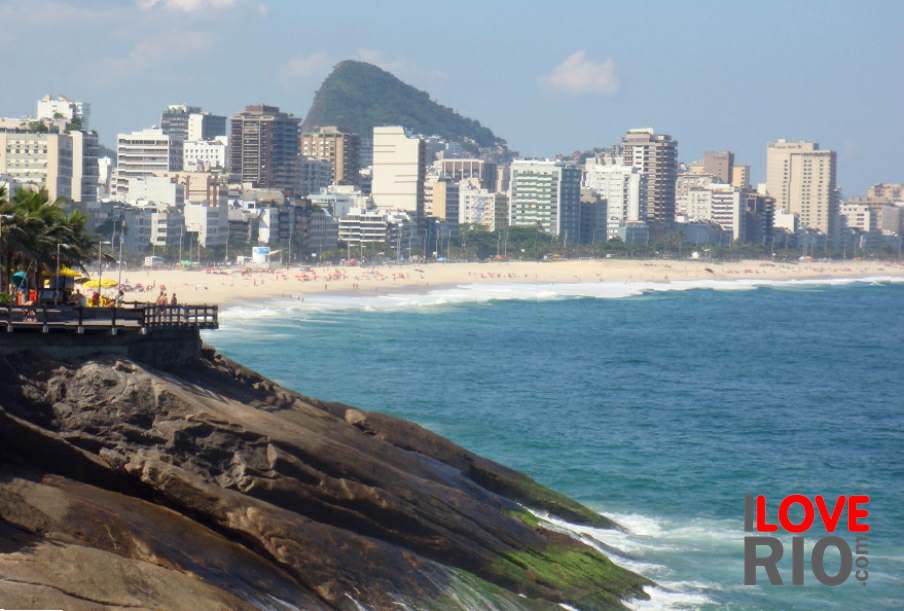
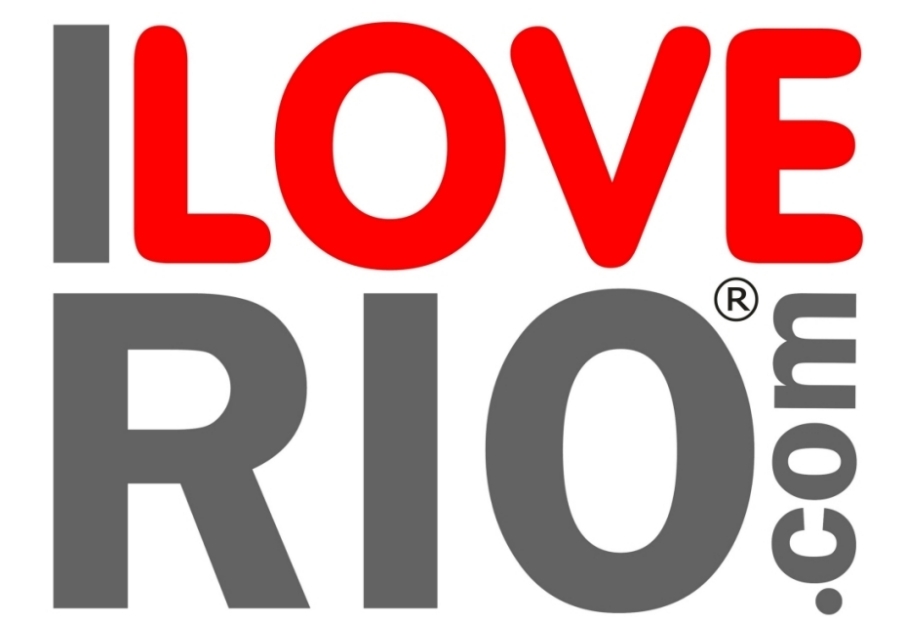
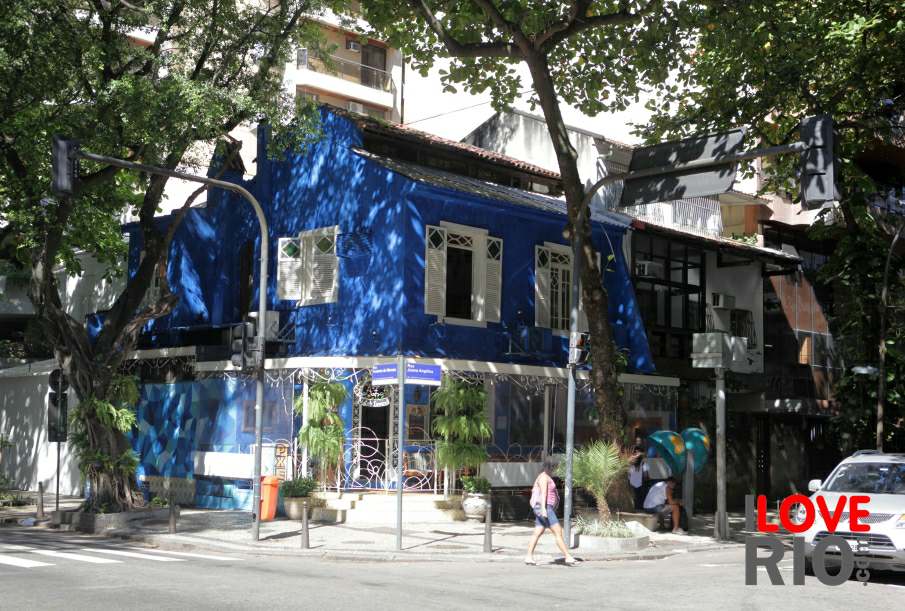
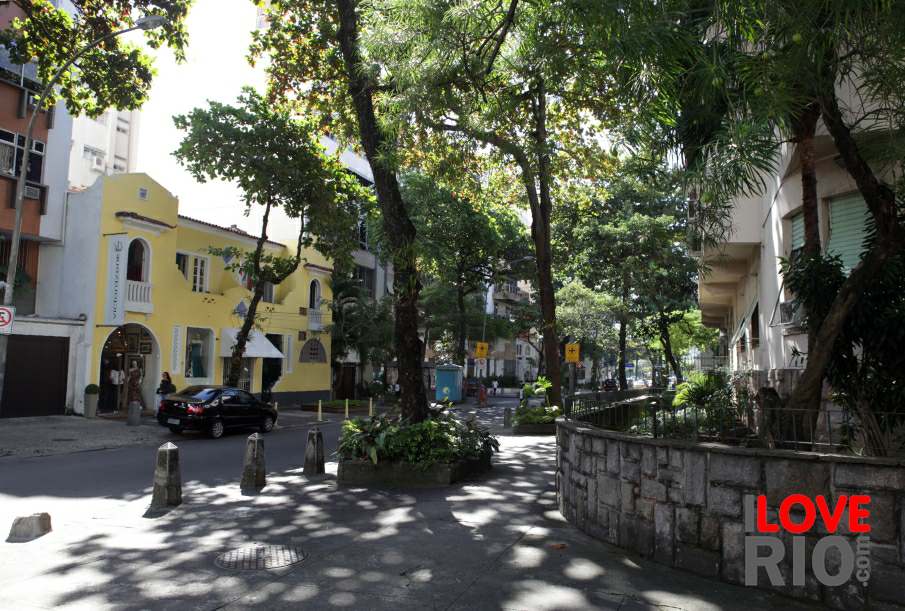
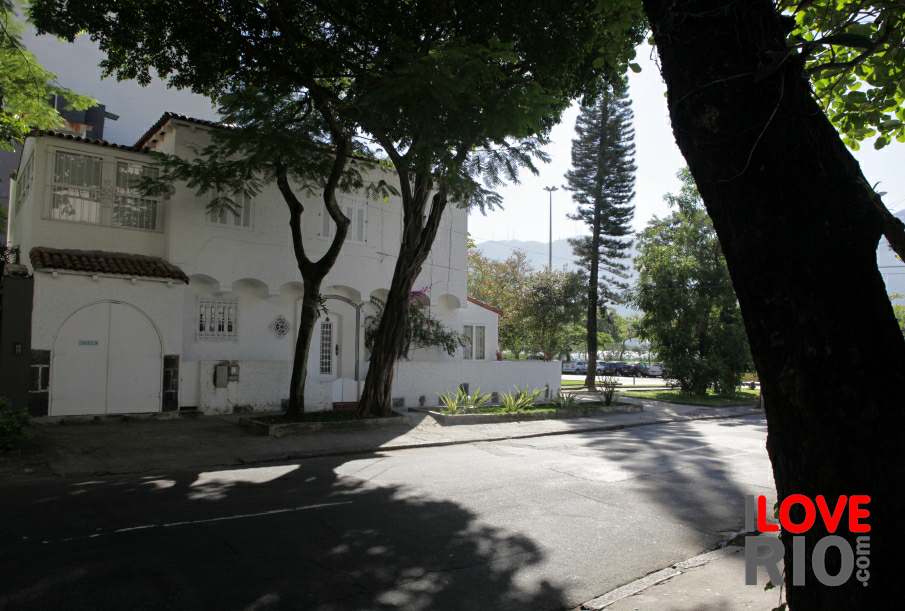
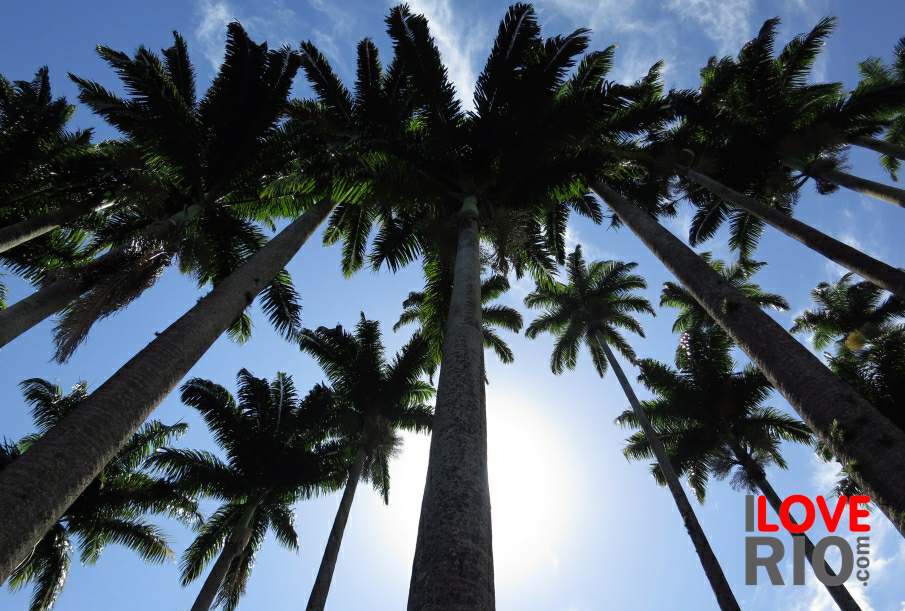
at a glance
it was in 1822, the year of brazilian independence, that the gardens were opened up to the public, by dom joão vi's son, dom pedro i - the garden continued to be a central hub of the region's plant life, and then, in 1937, a significant moment for the site, as it was listed as part of the brazilian historical heritage, giving it a real sense of cultural importance.
following this, due to its historical and scientific significance, unesco defined the jardim botânico as a biosphere reserve area, in 1992 - today the garden plays a prominent role in the study of flora and fauna, and the conservation of the species, as well as housing some of the rarest plants in the country.
in addition to this, the garden has many leisure activities to keep guests busy, as well as education sites, to help improve the understanding of the work conducted on the site - one of the biggest draws of the jardim botânico is its intoxicating array of exotic flora and fauna, with colorful species from all over the world.
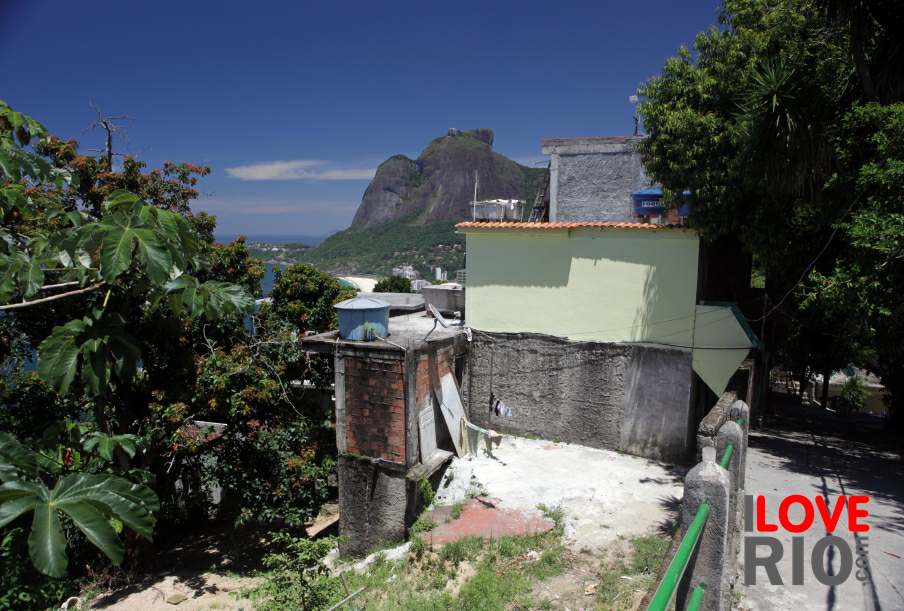
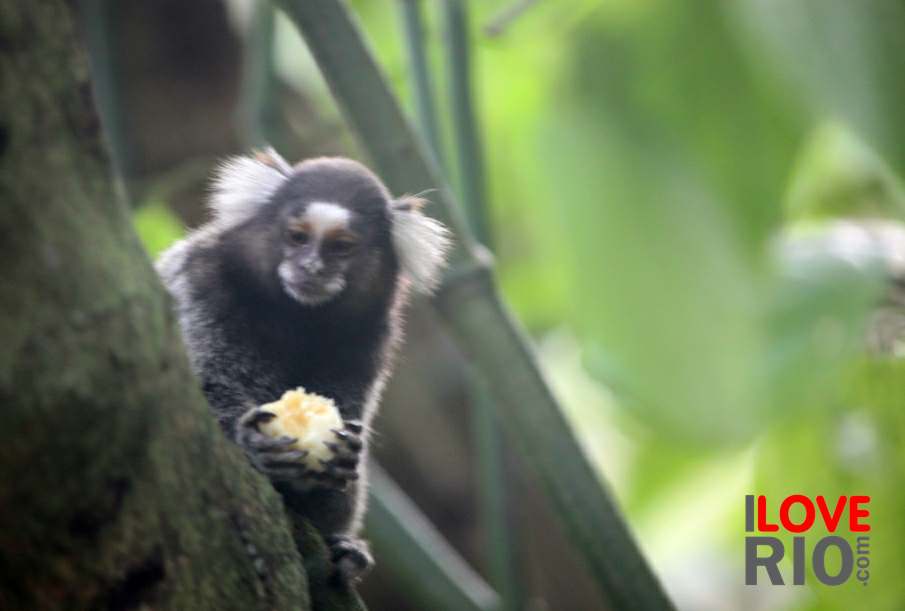
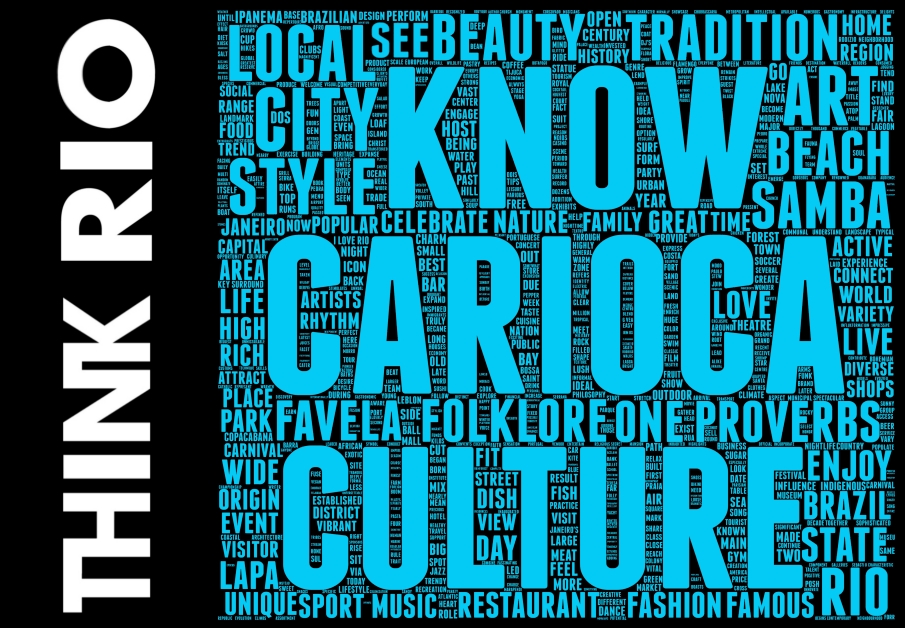
zona sul





